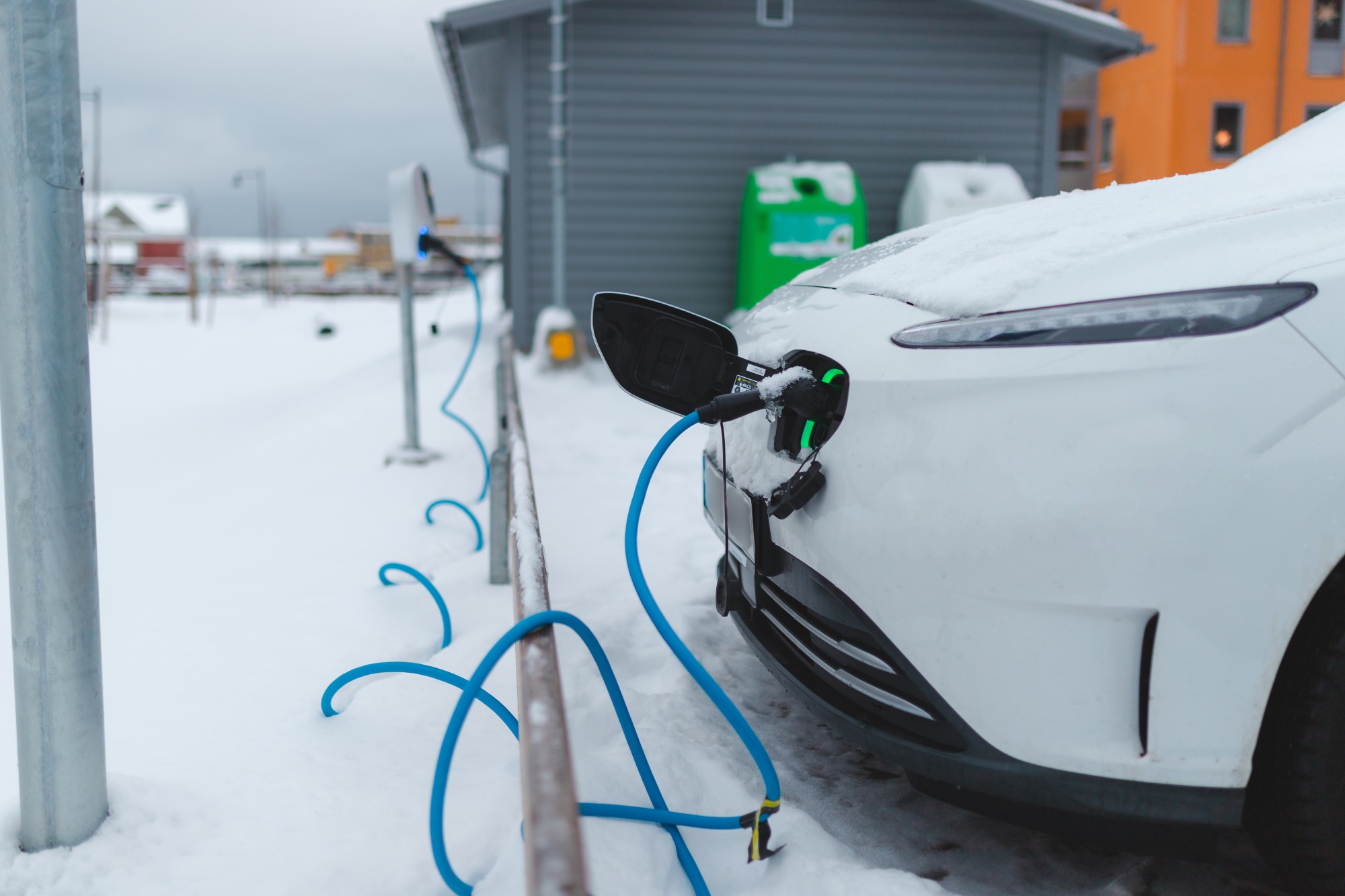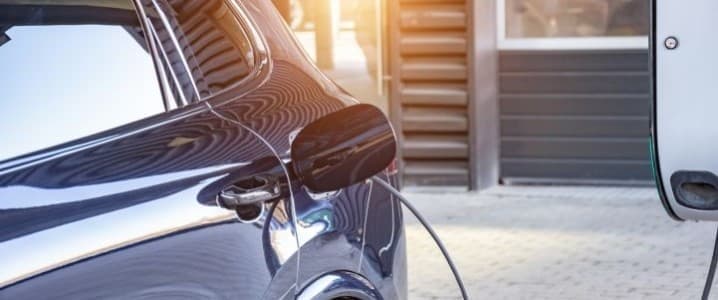Three years ago, the Biden-Harris administration established an ambitious target aiming to see up to half of all new vehicle sales in the United States as electric by the year 2030. This initiative was part of the government’s broader mission to achieve a net-zero emissions economy by 2050.
Shortly thereafter, New York State reinforced this commitment by declaring its intention to prohibit the sale of new gasoline-powered vehicles by 2035. However, recent reports in the past year regarding a shortage of electric vehicle (EV) charging stations within New York City cast doubts on the feasibility of these goals.
According to the city’s 2020 report, New York currently hosts only 1,500 public charging plugs, a stark contrast to the approximately 40,000 additional plugs needed by 2030 to phase out gas-powered cars.
The ongoing frigid weather across much of the country has unveiled another challenge for the EV revolution: cold weather significantly impacts the performance of electric vehicles.

Chilly Temperatures Heighten Range Concerns for Electric Vehicle Drivers (Credits: Bloomberg)
A study by the American Automobile Association (AAA) revealed that electric vehicles can experience up to a 12% reduction in range when temperatures drop to 20 degrees Fahrenheit, a figure that jumps to 40% when the cabin heater is activated.
This translates to a range of 59 miles for every 100 miles of combined urban/highway driving at 20°F. Different EV models display varying degrees of range reduction in cold conditions, with notable percentages for BMW 13s, Tesla Model S 75D, and Volkswagen 3-golf.
The ideal operating temperature range for an EV battery is considered to be between 68 and 86 degrees Fahrenheit, depending on the model. Cold charging conditions impede the flow of lithium ions through the anode during battery charging, affecting the battery’s capacity.
Adding to the challenges, charging times for older EVs can double or even triple in low temperatures. The chemical processes that electric vehicle batteries use to store and generate energy slow down in cold conditions, leading to diminished battery performance and increased charging durations.
This situation poses a significant challenge for Uber and taxi drivers, as highlighted by Marcus Campbell, an Uber driver in Chicago who expressed the impact on his livelihood due to the need to charge his vehicle in freezing temperatures.
While it’s acknowledged that the performance of internal combustion engine (ICE) vehicles also suffers in cold temperatures, with a 15% lower gas mileage for conventional gasoline cars at 20 degrees compared to 77 degrees, EV drivers face more significant challenges in sub-freezing conditions.
Currently, electric vehicles constitute less than 2% of all vehicles in the United States, and the majority of drivers are not concerned about running out of charge prematurely.
California, with its uncommon extreme cold, leads the country in EV sales. However, the landscape is changing rapidly, with a record 1.2 million EVs sold in the United States in 2023, marking a robust 51% year-over-year increase.
Fortunately for EV enthusiasts, the Arctic blast is unlikely to impede the EV revolution, thanks in part to falling lithium prices. Lithium carbonate prices have plummeted from an all-time high in November 2022 to the current levels due to increased supply.
The powertrain of an EV constitutes up to 70% of its sticker price, and the decline in lithium prices contributed to an 18% reduction in the average cost of EVs in 2023.
However, this decline in lithium prices has had a contrasting effect on lithium stocks, which are rapidly decreasing amid fears of further deterioration as miners face financial challenges.
Opportunities may emerge for investors as some view the current market conditions as more attractive despite the ongoing challenges faced by the lithium industry.
























